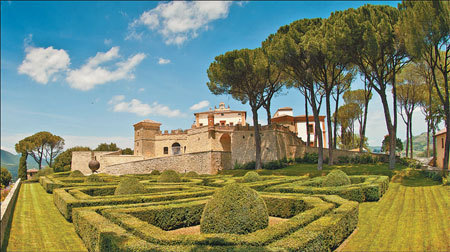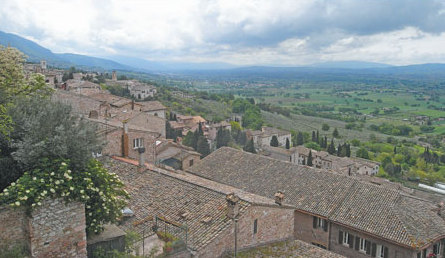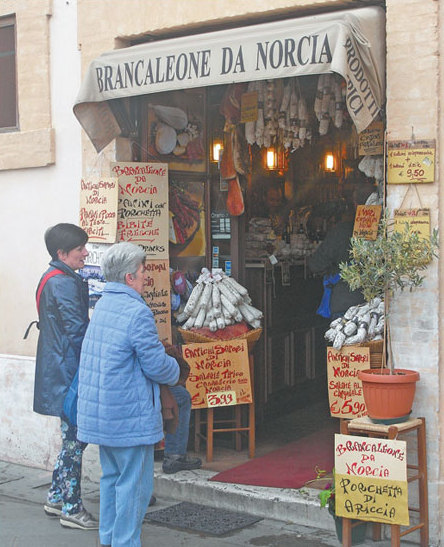Rural revelry
Updated: 2014-06-08 07:32
By Wang Shanshan (China Daily)
|
|||||||||||
Umbria offers some of the best of the Italian countryside. Wang Shanshan discovers many delights this fertile land produces.
Our car wound for more than an hour through fields and then drove for another 20 minutes along a small road into the thick, dark woodland before stopping at the castle's giant wooden gate. The gate opened slowly in the pouring rain. A well-dressed gentleman holding an umbrella opened the car doors. "Welcome to the castle," he said.
We followed him into a brightly lit hall.
A waiter was serving champagne. In another room, a chef was frying truffles with eggs.
A dozen courses were already arranged on a table. And they were just appetizers.
The black fungus was displayed beside the cook. We could smell its strong aroma as soon he picked it up.
Umbria is one of the few places in the world blessed with an abundance of wild truffles. Food and wine lovers hire local guides for "truffle hunting" excursions in the woods.
A white wine was served during dinner.
"We have grapes planted and our own wine made," says the gentleman who greeted us at the castle, known as Castello di Solfagnano.
The castle has two large old wooden barrels, each more than 2 meters in diameter and about 4 meters tall, at one end of the dining room. A swing is slung from the ceiling between the two barrels. I couldn't resist the temptation to sit on it after a glass (or two) of wine.

My friends and I were traveling in Italy's Umbria region. Umbria means "the green heart" in Italian.
This swathe of land surrounded by coastal regions is endowed with fertility by the Tiber River, which runs across Umbria on its way from central Italy's Apennine Mountains to the Mediterranean.
Central Italy's Umbria is most celebrated for its olive oil and vineyards.
Agritourists arrive every year to join the winemaking that has been a local feature for millennia. It also produces arguably Italy's best chocolates, cheeses, pastas and salamis. And each foodstuff locally enjoys a vast diversity.
After truffles, wild asparagus is the most acclaimed specialty.
We noticed olive trees, lettuce, onions and tomatoes in the garden of a house near where we stayed.
It seems collecting fresh vegetables from the garden and taking them straight to the kitchen is a daily routine for local families, who sometimes hunt for truffles and asparagus in the woods.
Umbria is increasingly a destination for well-off Chinese to escape the crowds.
The gentleman who greeted us upon arrival says Chinese billionaires have slept in his castle's guest rooms, and a group of young entrepreneurs was on its way to visit.
The region is half hills, half plains.
Ancient cities were built on hills, sometimes surrounded by woods, while the fields are on the flatlands below. In Umbria's capital Perugia, we took an elevator from the parking lot halfway up the hill to the city atop.
Every street seems steep.
But two girls I made friends with told me they got used to climbing up and down in Perugia in 8-centimeter heels after a year. Heels seem to be compulsory for women in Italy. I climbed behind them in sandals, panting like a dog.
The city, which can be traced back to the 9th century BC, fought many battles but retained its heritage. It seems a Renaissance gem at first glance. But one can find arts from earlier and later times here and there.
Raffael stayed in Perugia and left frescoes. His teacher Pietro Vannucci, nicknamed Perugino, decorated the city with a series of frescoes.
Perugia, from whom Umbria's capital takes its namesake, is honored by a university founded in the year 1308, a fine arts academy founded in 1573 and a music conservatory founded in 1788, among other institutes.
We notice more salami and chocolate shops lining the small streets crisscrossing the city than in other Italian cities.
Salami shops have hundreds of sausages dangling from the ceiling. They hang in a dozen rows, extending from the door to the back of the room.
Chocolates are sold in pounds here. With 10 euros ($14), I bought a thick brick of chocolate that would not only not fit in my mouth but also covered more than half my face.
It's hard to gnaw off a chunk. But the hunks are so tasty I can't resist clomping off lump after lump. That makes it oh-so enjoyable.
But only when I'm alone.
Contact the writer at wangshanshan@chinadaily.com.cn
IF YOU GO
Umbria is easy to reach from Rome. You can rent a car or take local buses and trains to get around the region.
Plane: Rome's Fiumicino international airport is about 50 kilometers south of Umbria's southern border. You can transfer there to take the regional flight to Perugia's Sant'Egido airport, which is between Perugia and Assisi.
Train: There are trains between Rome and the cities and towns of Perugia, Terni, Spoleto, Orvieto and Firenze in Umbria. The train service is said to be superb. But the smaller villages can only be reached by road.
Car: Renting a car at the airport or train stations is a better choice if you want to visit the smaller settlements, where there are many nice and quiet guesthouses.
Bus: Travel guides say there are connections between almost every town, and it seems you can always ask bus drivers to let you off somewhere along the route.
|
Castello di Solfagnano is nestled in the Umbria region,which means"the green heart"in Italian.The castle grows grapes and makes its own wine. Provided to China Daily |
|
Ancient cities were built on hills in Umbria,sometimes surrounded by woods,while the fields are on the flatlands below. Photos by Wang Shanshan / China Daily |
|
The Papal Basilica of St.Francis of Assisi is a UNESCO World Heritage site in the city,where St.Francis was born and died. |
|
Salami and chocolate shops line the small streets of Assisi in Umbria. |
(China Daily 06/08/2014 page10)
Today's Top News
Vets flock to Normandy to remember D-Day
G7 'deeply concerned' about S China Sea tensions
Ukraine tightens control on border
Silk Road offers Sino-Arab blueprint
Clinton 'loves to see' female leader
US says to work with Egypt's president-elect
Oversight of military firms on rise in China
Abbott aiming to mend ties with Jakarta
Hot Topics
Lunar probe , China growth forecasts, Emission rules get tougher, China seen through 'colored lens', International board,
Editor's Picks

|

|

|
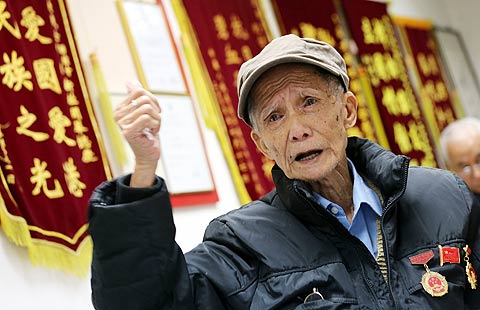
|
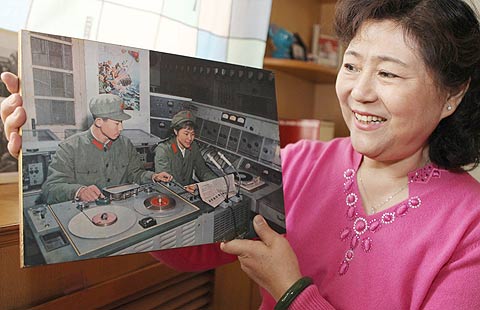
|
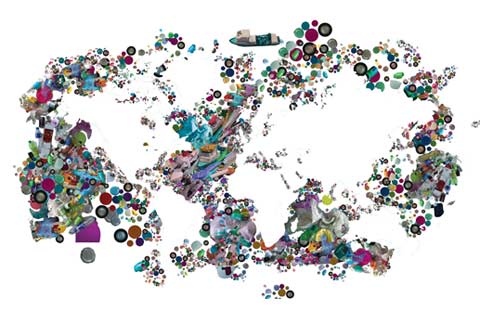
|
